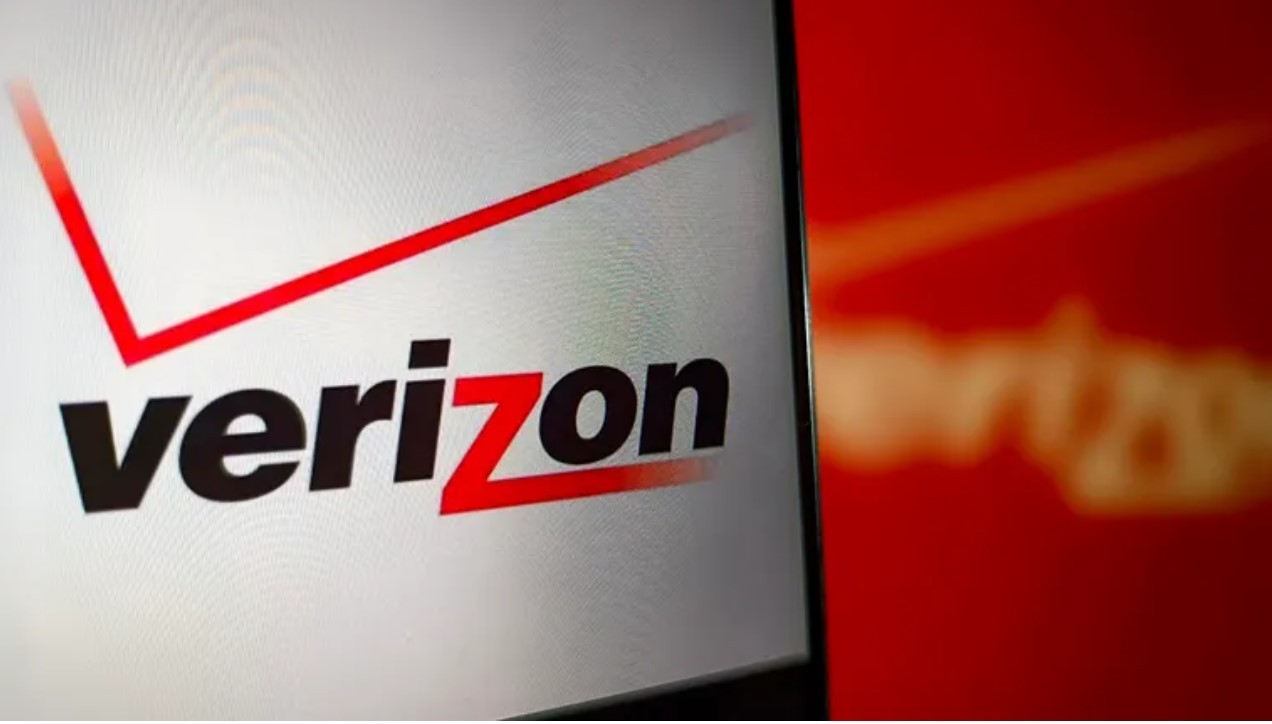How To Create Virtual World and Virtual Land with Simple Steps
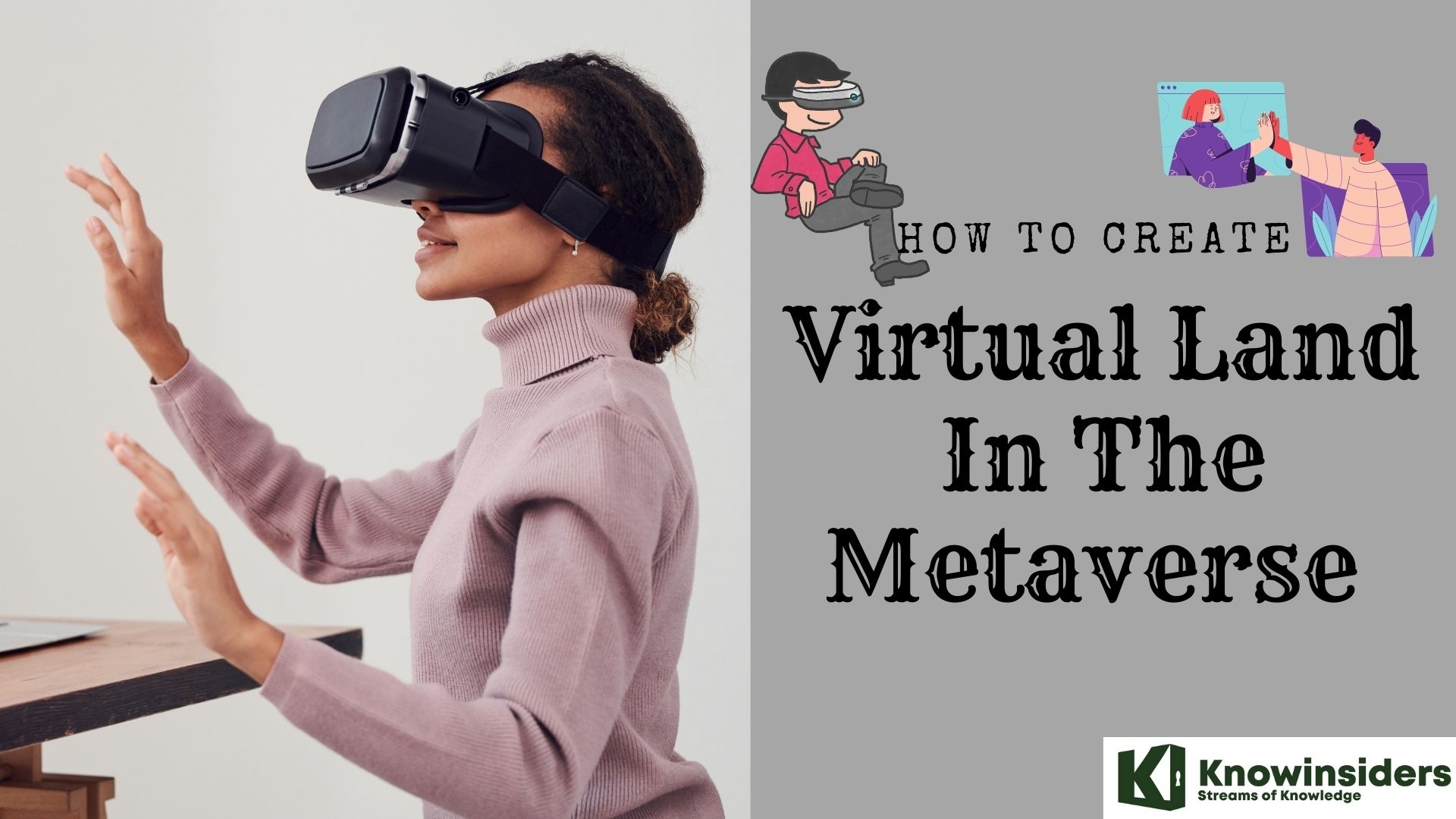 |
| How To Creat Virtual Land: What Is Virtual Land, Benefits, Step-By-Step Guide |
| Table of Content |
The Metaverse is becoming more real every day, with new inventions allowing users to enter this digital world as themselves or their avatar to join meetings, social gatherings, play games, and much more. Gone are the days of sitting in front of a screen with a console in hand, talking over a microphone.
Now, users can put on a smart headset, such as an Oculus, that gives them a 360-degree view and a completely immersive experience. Users can high-five their colleagues in the Metaverse, explore impossible worlds, and go out to a restaurant or casino with friends — all while never leaving their home.
Why virtual land is a new verse for a lot of people, let’s explore what it is, why people are buying virtual land, and how to create one.
What is Virtual Land?
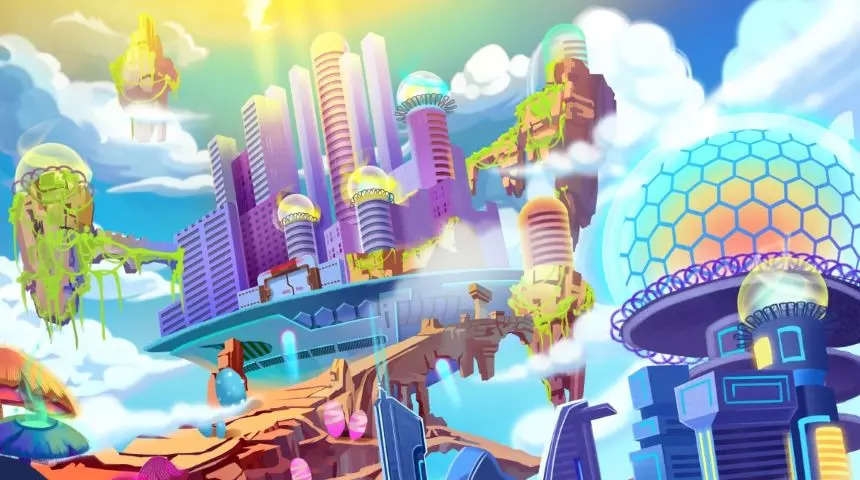 |
| Photo: TechGig |
An explosion in the popularity of digital assets known as NFTs (non-fungible tokens) has led to virtual items of all shapes, sizes and formats being bought and sold – from video art pieces to trading cards and even memes. But what if you’re looking for something on a slightly grander scale?
Enter virtual land, existing in a dizzying array of digital worlds that collectively form the metaverse. Already, there is no shortage of organisations offering users the opportunity to claim a piece of the metaverse for themselves. Platforms such as Decentraland, Somnium Space or The Sandbox have all sprung up in recent times to offer users the opportunity to own spaces within their individual virtual worlds.
If the concept of virtual land is a head-scratching proposition, consider that many already pay good money for virtual locations in the form of websites – distinct locations upon which anything can be built within the limits of the form. Buying virtual land, then, can be thought of as the Web 3 equivalent of purchasing a domain name. But what exactly is it you’re acquiring when you purchase virtual land?
What is the Metaverse?
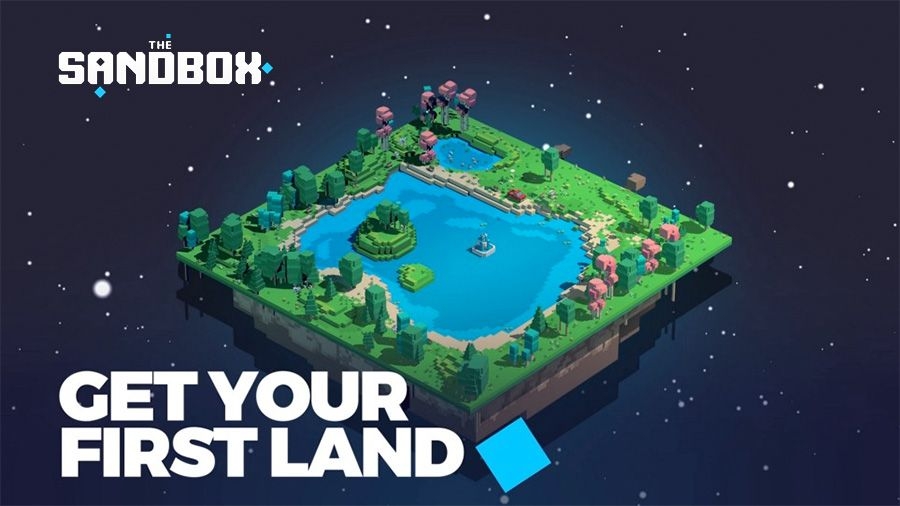 |
| Photo: Sandbox |
It's a combination of multiple elements of technology, including virtual reality, augmented reality and video where users "live" within a digital universe. Supporters of the metaverse envision its users working, playing and staying connected with friends through everything from concerts and conferences to virtual trips around to the world.
"Right now, we are on the cusp of the next internet," said Matthew Ball, managing partner of venture capital firm Epyllion Industries, in a February 2021 essay on his website.
Mark Zuckerberg, the CEO of the newly named Meta (formerly Facebook), estimates it could take five to 10 years before the key features of the metaverse become mainstream. But aspects of the metaverse currently exist. Ultra-fast broadband speeds, virtual reality headsets and persistent always-on online worlds are already up and running, even though they may not be accessible to all.
What is Metaverse Land?
Now that the concept of virtual land has been understood, it is important to understand how it is built and how it functions. Virtual land exists within the Metaverse, that is, a digital universe that is slowly coming together across many platforms, from Facebook to Decentraland and Sandbox, among many others. This Metaverse land is formed in the following ways:
NFTs: Virtual land comes as non-fungible tokens (NFTs), which makes them easy to buy and sell in the digital space. They can be bought, sold, traded, and are customizable. Purchasers can even add NFTs together, buying up whole areas on a carefully partitioned map and building mansions, customized swimming pools, tennis courts and the like. The land can also be modified, with users able to customize it, making unique mountains, rivers, and forests, as well as add on new NFTs from the marketplace.
Blockchains: Most virtual land platforms have been built on the Ethereum blockchain, however, new platforms are increasingly being built on the faster Solana blockchain. This use of blockchain technology means that security is high, with virtual land information and transactions all stored in the unchangeable blocks within the chain. Moreover, it helps the decentralization of the land, meaning that governments cannot get involved and complicate the process with paperwork, taxation, maintenance, regulations, and the like.
Cryptocurrencies: Transactions on these virtual land platforms are all done using cryptocurrency; usually the one associated with the individual platform. This standardizes the currency used by all the sellers and buyers on the platform, as well as that used by the individuals working and participating in the activities on the platform. Moreover, users and landowners have easy access to their funds while on the platform, allowing them to attend events, pay for tickets, etc. Finally, by using cryptocurrencies, users can again avoid government regulations, making the Metaverse a truly decentralized universe with its own currencies, homes, and businesses.
Why are people buying virtual land?
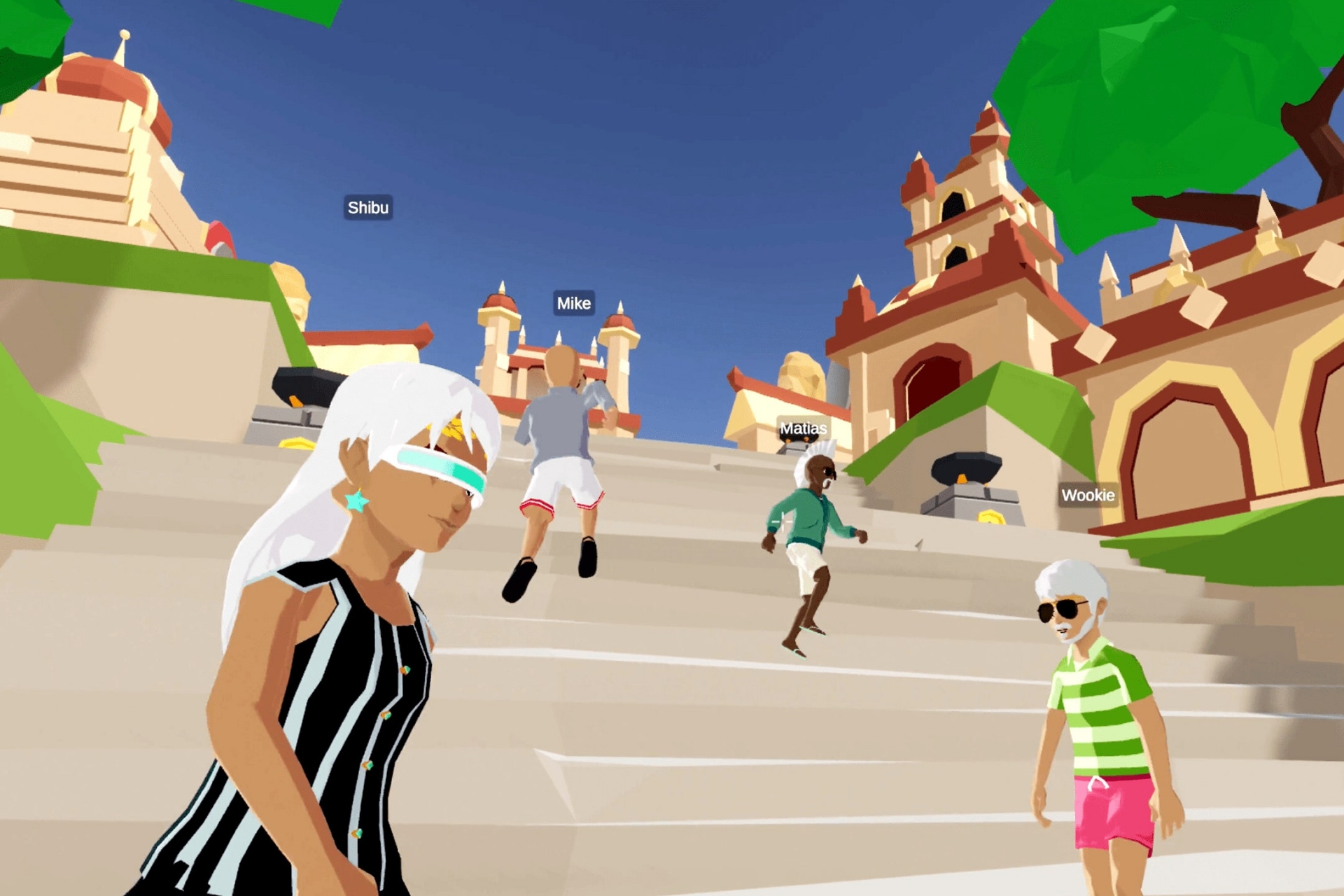 |
| Photo: Wired |
The next technology frontier
Today, everything in our economy is either in-person or two-dimensional. So, the next step is 3D and 4D. There are many tech firms trying to perfect holograms, which are the future. Eventually, two-dimensional, flat-screen websites will become the newspapers of yesterday.
Once holograms and AR (augmented reality) are perfected, people can visualize themselves in any setting without actually being there. Instead of buying something on Amazon on a flat computer screen, people will see themselves in clothes and inside stores through a hologram. You see it in the virtual world, then place the order for it to be delivered to your real world.
This is the metaverse
The metaverse won’t be one thing or place. Just like the internet has many websites, so too will the metaverse have many virtual worlds. Today they are just games, but sometime soon, these virtual worlds will move out of gaming and “just for fun” pastimes and businesses will find a way to reach their customers in these worlds.
And this is where owning virtual land will become valuable.
Stop thinking of land as only dirt. Instead, think about how the front page of the newspaper is laid out. The very top or masthead is considered to be the best “real estate” on that page. URLs (.com names) are also valuable real estate on the Internet. Facebook paid $60 million to acquire the name and trademarks for their new corporate brand called Meta. Online entrepreneurs buy and sell URLs for thousands of dollars.
The metaverse will be the next Internet, or Web 3.0, as it’s called. But just as gold, bitcoin and URLs are limited commodities, so too will be space in the metaverse. Ultimately, one metaverse will be more crowded and populated than others, and Facebook has the jump right now. I think the future of which metaverse will prevail has yet to be discovered.
One thing is for sure, wherever the most eyeballs are, is where the “virtual land” will be the most valuable. Right now, people who see the future are buying up space in the metaverse and HODL-ing (Holding On For Dear Life). Eventually, businesses will need that virtual land to advertise their products to the masses and that will be the value.
Virtual land is being purchased as NFTs, or non-fungible tokens, which is a form of cryptocurrency without the monetary component. The NFT represents ownership of that virtual land. Think of the NFT as the deed to that land. Because the metaverse will be in a decentralized blockchain format, that is how the NFT will prove ownership and secure its value. When the land is bought and sold, it will be done by transferring the NFT in exchange for cryptocurrency, which can then be used to buy real world goods and services or turned into cash.
Investors are paying millions for virtual land in the metaverse
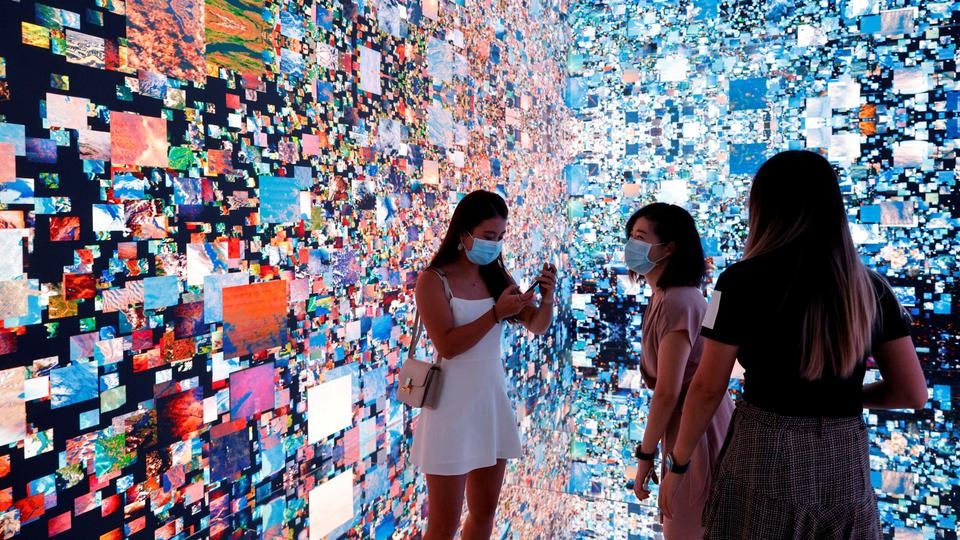 |
| Photo: TRT World |
It’s no secret the real estate market is skyrocketing, but the Covid pandemic is creating another little-known land rush. Indeed, some investors are paying millions for plots of land — not in New York or Beverly Hills. In fact, the plots do not physically exist here on Earth.
Rather, the land is located online, in a set of virtual worlds that tech insiders have dubbed the metaverse. Prices for plots have soared as much as 500% in the last few months ever since Facebook announced it was going all-in on virtual reality, even changing its corporate name to Meta Platforms.
“The metaverse is the next iteration of social media,” said Andrew Kiguel, CEO of Toronto-based Tokens.com, which invests in metaverse real estate and non fungible token-related digital assets.
“You can go to a carnival, you can go to a music concert, you can go to a museum,” Kiguel said.
In these virtual worlds, real people interact as cartoon-like characters called avatars, similar to a real-time multiplayer video game. Today, people can access these worlds through a normal computer screen, but Meta and other companies have a long-term vision of building 360-degree immersive worlds, which people will access through virtual reality goggles like Meta’s Oculus.
A recent report by crypto asset manager Grayscale estimates the digital world may grow into a $1 trillion business in the near future.
Here, major artists, including Justin Bieber, Ariana Grande and DJ Marshmello, are performing as their own avatars. Even Paris Hilton DJ’ed a New Year’s Eve party on her own virtual island.
Kiguel’s company recently dropped nearly $2.5 million on a patch of land in Decentraland — one of several popular metaverse worlds. “Prices have gone up 400% to 500% in the last few months,” Kiguel said.
Another hot metaverse world is the Sandbox, where Janine Yorio’s virtual real estate development company, Republic Realm, spent a record $4.3 million on a parcel of virtual land.
Yorio tells CNBC her company sold 100 virtual private islands last year for $15,000 each. “Today, they’re selling for about $300,000 each, which is coincidentally the same as the average home price in America,” she said.
What are the Risks?
As much as virtual land can be compared to its real-world equivalent, there are, of course, huge differences. While the value of real-world property might also plummet, at the end of the day you are still left with a tangible possession that exists in the same reality as everyone else – and thus has every chance of increasing in value again.
If a piece of digital land resides in a platform that falls out of favour or even potentially closes, however, that investment may well be dead in the water. Such volatility in the digital land market has opened up opportunities to rent virtual spaces rather than purchasing them outright, in order to mitigate the risk of being left with a useless asset. By working with landowner partners such as Admix, which holds property across a range of metaverses, brands can lease land for as long as is necessary. That might coincide with the duration of a particular marketing campaign or event, for example, allowing brands flexibility while ensuring they aren’t exposed to the risk of holding virtual land themselves.
How to Build Your Own Virtual Land
In 2003, Philip Rosedale did just that and formed Linden Labs. Together they created Second Life. This was the first “virtual world” and ten years later could boast of having over one million users. Players can create avatars, which are virtual representations of themselves, and then these can interact with others along with their virtual environment. You can shop, trade real estate, socialize and participate in a huge number of virtual activities.
What’s more, they even have their own virtual currency, the Linden Dollar (L$). These can be redeemed via PayPal. As far as creating a virtual economy, between Second Life’s inception in 2003, until 2013, a total of $3.2 billion real world dollars of transactions took place. The platform also created the world’s first virtual millionaire, Ailin Graef, who turned an initial $9.95 investment into over one million dollars in the course of just two and a half years as a virtual real estate agent.
So it’s all possible. Thanks in part to the rise of a new asset class, the NFT (Non-Fungible Token), along with fungible tokens in the form of cryptocurrencies like Bitcoin and Ethereum, we are witnessing the rise of the “Metaverses.” No, that’s not a Michael Bay movie.These are to all intents and purposes, parallel worlds. A better movie example would be Steven Spielberg’s “Ready, Player One.” And a pre-blockchain example of a metaverse game would be Minecraft. As you’re probably aware, this is a sandbox construction video game, played by millions and invented by the Swedish programmer, MarcKus Persson, better known as “Notch.”
The basic building blocks of today’s virtual metaverses revolve around the purchase of virtual land. These parcels are then minted onto the blockchain as proof of ownership in the form of NFT’s. A great example of this whole process would be Next Earth.io. You can purchase land parcels from a virtual, one to one, rendition of the real world. You don’t need a big brain to see that, as land is a limited resource, then more buyers equals rising prices. Once you own the land, you’re free to trade it, build properties on it or mine for mineral assets. Or simply stretch out on a virtual deckchair, soaking up some virtual sun, as the price of your land steadily rises.
Probably the best time to get involved with any metaverse is at the beginning. The land prices will start low. As more users pile in, values will rise and then the market will stabilize. Let’s use Next Earth.io as an example, as they will come to market later this month. Early buyers will have the pick of the best locations, which translate as a guaranteed win. Not only that, but by dint of being a landowner, and with Next Earth.io being a decentralized platform, you’ll have voting rights. These can cover everything from the direction of the business, to the charities it chooses to support.
The Metaverse: How To Create Virtual World
The web might not be the first thing that comes to mind when discussing virtual reality. However, the web is one of the only true cross-platform technology. Building a virtual reality (VR) app with JavaScript will run on any VR system. Few applicable and up-to-date technologies need to be used in developing VR websites. First, we will be using Aframe.io, which is a library for rendering and VR scenes with some simple HTML and Javascript. To use more complex graphics, you may choose Three.js supported by Aframe.io. Next, we will be using WebXR, a library developed by Mozilla that allows you to directly interact with the VR on the web.
Staring with AFrame.io
To gain access to Aframe.io, just add the codes via Content Delivery Network (CDN) servers, a group of geographically distributed servers that speed up the delivery of web content by bringing it closer to where the users are.
First, we will create a simple VR scene with the following HTML:
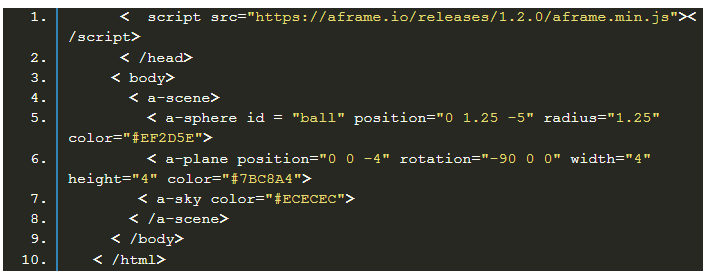 |
| Photo: LeewayHertz |
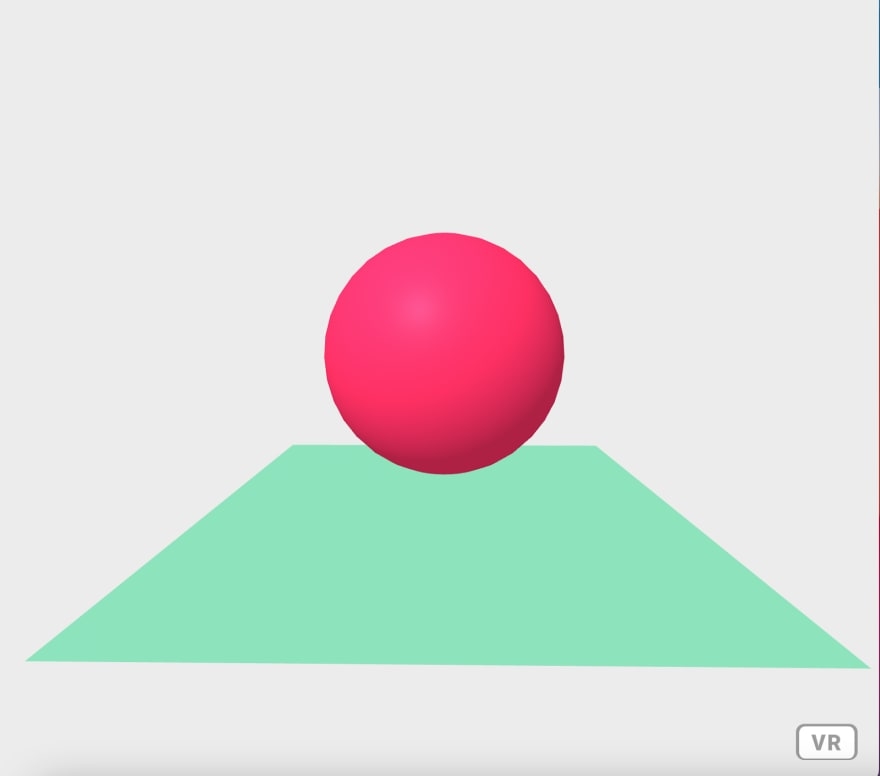 |
| Photo: LeewayHertz |
The key point to notice here is that we surround our VR scene with a tag. we can use various shapes in our scene by including relevant tags. So you will notice while you can drag the screen to move the camera, you can’t use the VR device yet as an HTML file has to be served because VR can’t be run on a static file.
This can be done easily with nodeJS. Setup an npm project with the following javascript file :
 |
| Photo: LeewayHertz |
Finally, we can manipulate our scene with Javascript:
 |
| Photo: LeewayHertz |
So now, the animated VR scene has successfully been created with less than 100 lines of code. Now test your VR website in either Chrome or Firefox using WebXR API. Once installed, you can go to the WebXR tab while inspecting the page and play the emulated headset.
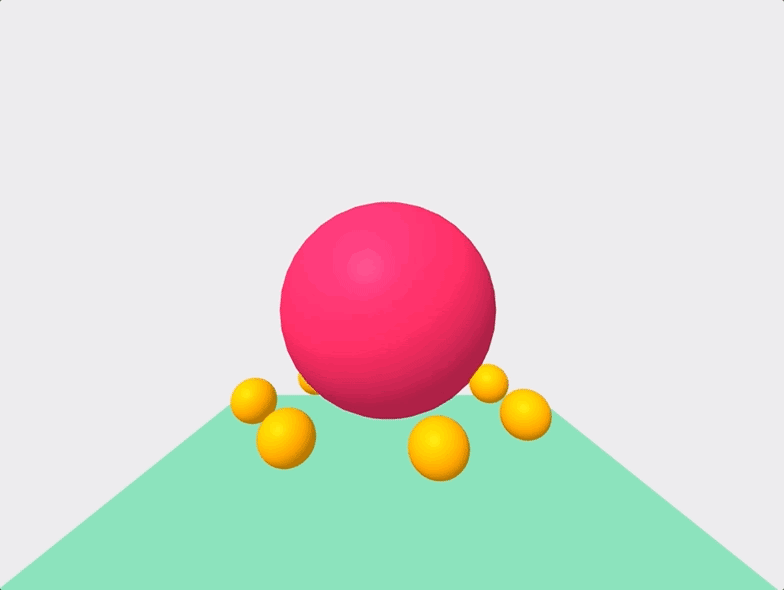 |
| Photo: LeewayHertz |
What are the possibilities within the Metaverse ecosystem?So as it is with every ecosystem, the functioning of metaverse will highly depend on how conveniently users can transact in. Cryptocurrencies enable secure online payments without third-party intermediaries and facilitate real-world and digital transactions. Moreover, with the ability to convert physical currency into digital currency, people will easily switch between the physical world and the metaverse. Consumers will purchase digital avatars, virtual land in the metaverse and even throw a birthday party. Artists will be able to perform in the metaverse and earn crypto tokens, and it will enable the artist to exchange those earnings for goods that can be used in the physical world. The expansion of the metaverse will, in turn, expand the unlocked value of the digital market, and potentially it will lead to a rise of global economics in the future. |
How to Create A Virtual World
Virtual worlds are computer-based simulated environments that you enter with an avatar and sometimes interact with other users inside. Most virtual worlds allow for multiple users and have 2D or 3D graphics. You create, visit or customize fictional environments.
Creating a virtual world involves several tasks. You can use the 3D World Editor throughout the process of building a virtual world, and you can perform the tasks in many different ways.
For a step-by-step tutorial about building a virtual world using the 3D World Editor.
Here is an example of a common workflow for creating a virtual world using the 3D World Editor. This example workflow includes optional tasks and a small subset of the types of tasks that you can perform. For more information.
-
Open a new virtual world 3D file.
-
Under the
ROOTnode, optionally add:-
A
WorldInfonode to document the virtual world. -
A
NavigationInfonode to define overall navigation characteristics of the virtual world, such as the Avatar size.
-
-
Under the
ROOTnode, add aTransformnode in the virtual world for each object that you want to share properties with other object in that sameTransformnode. -
Under the
Transformnode, include nodes in a hierarchy, such as:children Shape appearance Appearance material Material texture textureTransform Geometry Box
-
Use the object properties edit pane to change default property values to create the effects that you want.
-
To define aspects (such as textures) for virtual world objects, insert 3D World Editor library objects. Give a
DEFname to each object that you create, so that you can access them using Simulink® 3D Animation™. -
In the virtual world display pane, use the context menu to specify display characteristics, such as:
-
View characteristics (for example, zooming and a navigation panel)
-
Viewpoints
-
Navigation characteristics (for example, methods (such as fly or walk) and speed)
-
Rendering techniques (for example, antialiasing, lighting, and transparency)
-
-
Save or export the virtual world 3D file.
 How To Add and Take a Screenshot on Roku TV How To Add and Take a Screenshot on Roku TV If you are trying to take a screenshot on Roku TV but Roku does not provide the screenshot at video streaming, this will guide you ... |
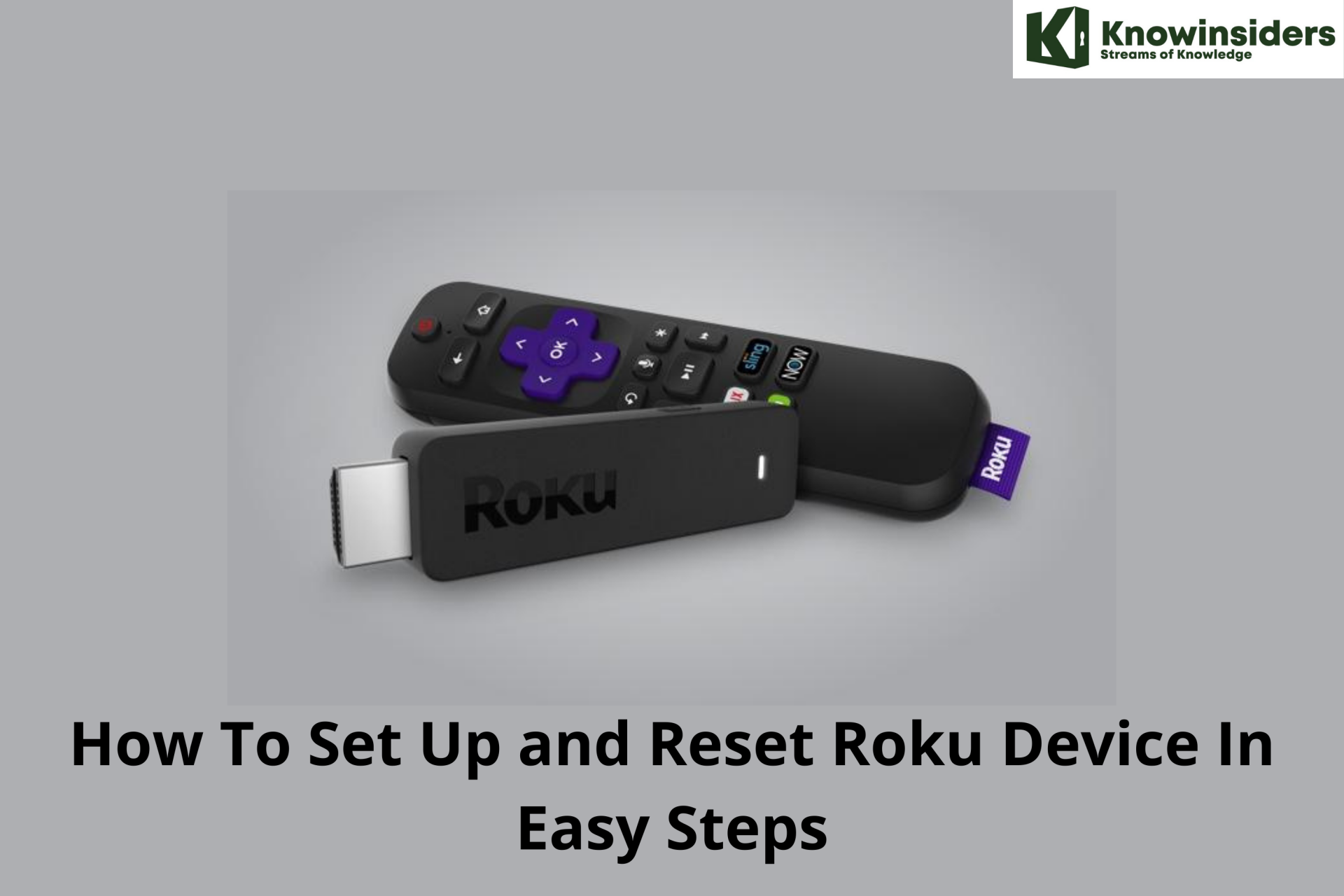 How To Set Up and Reset Roku Device In Easy Steps and Without Remote How To Set Up and Reset Roku Device In Easy Steps and Without Remote Setting up a Roku player is generally the same regardless of which model you have. This post guides how to set up and reset Roku ... |
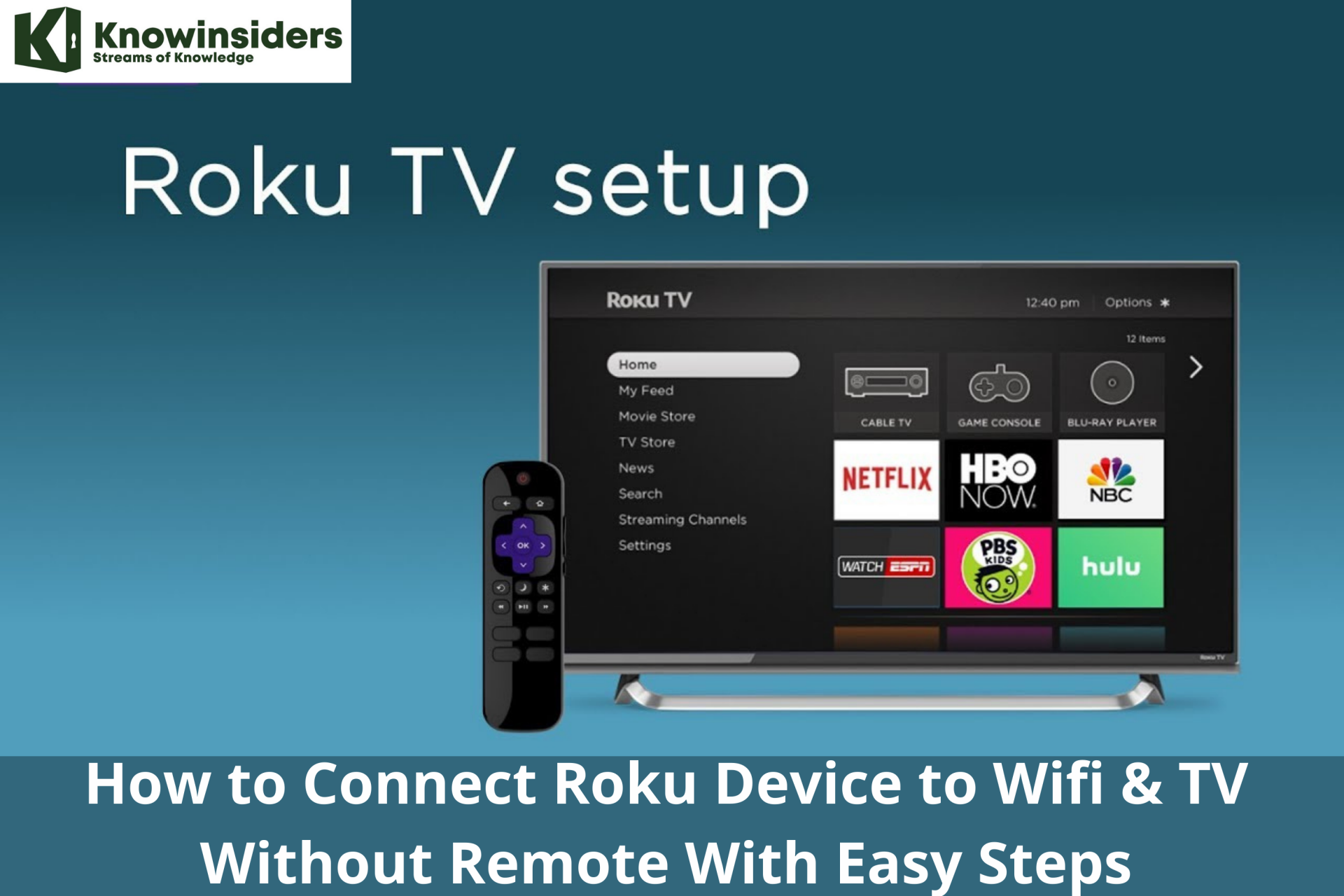 How to Connect Roku Device to Wifi & TV Without Remote With Easy Steps How to Connect Roku Device to Wifi & TV Without Remote With Easy Steps For Roku setup, you'll need to connect to WiFi, pair the remote, and activate the device. This guides you to connect Roku to wifi and ... |
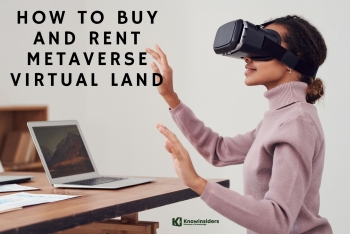 How To Buy And Rent Metaverse Virtual Land How To Buy And Rent Metaverse Virtual Land The process of buying and selling Metaverse Virtual Land (digital real estate) is quite similar to the buying and selling of Bitcoin because it’s not ... |






